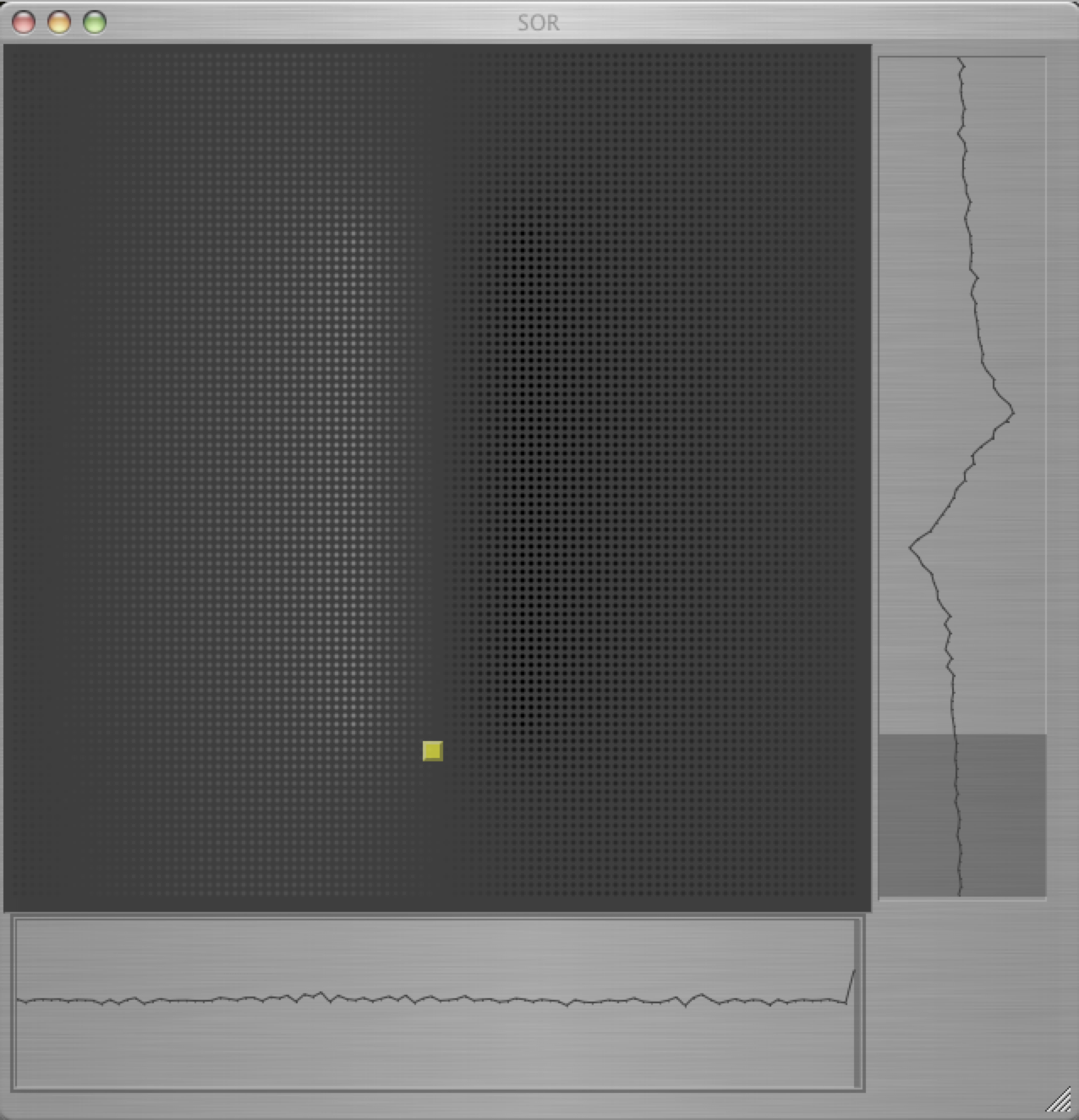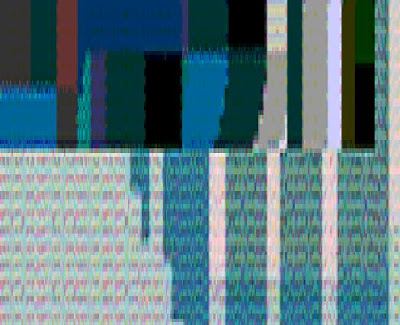
Made a fairly basic delay with feedback, wet/dry, delay time and buffer size settings.
Incorporated an input for modulation which adds incoming signal to internal settings.. works quite well.
I played with using the poly~, got it to have a user input number of taps with the number as a multiplier for delay time. Each tap was full level or again dependant on number of taps, nothing that the other delay didn't acheive.
Couldn't quite think of a useful way to use it. I would like to set individual tap time (which seems to necessitate having a pre-determined number of input variables hence taps) which doesn't seem that much more useful than not using poly~ except maybe a slight reduction in used objects if you turn unused taps off..
Curiousity of the week.
running a float through a [-~ 1] object and getting the output to wrap around zero.
zip
http://www.box.net/shared/c6lxeuexyc
REFERENCES
Haines, Christian. 10. Processing - Delay - CC2 - Music and Signal Processing.pdf
Cycling'74 2006, MSP Tutorials and Topics,
(http://www.cycling74.com/twiki/bin/view/ProductDocumentation).









